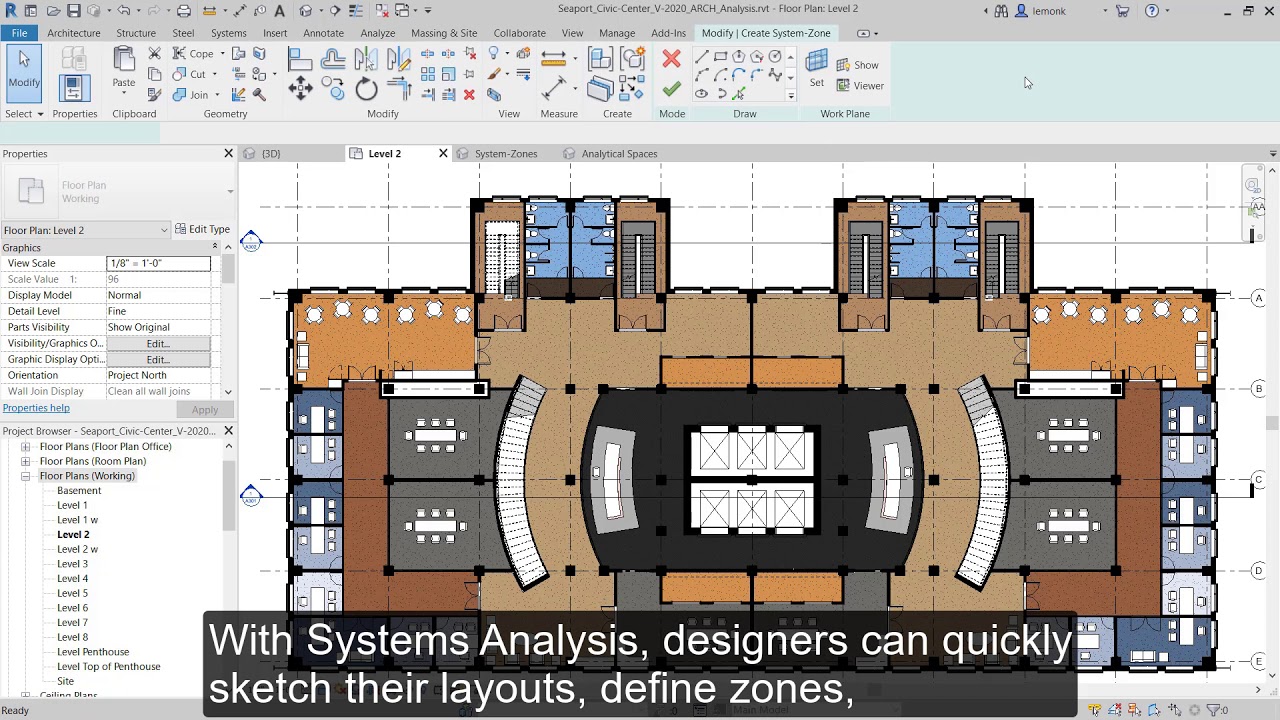

Verify items are on the correct worksetsĮ. After the file is properly saved, I recommend that you do the following:Ĭ. By locally I mean on your workstation or network drive.ĥ. You will see the Detach Model from Central dialog box, select Detach and Preserve worksetsĪnd click on Save as, Project and name as needed and save the file locally.Ī. Have one user Open the Central file in the current version of Revit.įrom the Open dialog box, clear the check box Create New Local, place a check in the boxes for Detach from Central and Audit (select Yes to Audit Warning)ģ. Have all users synchronize and save to central, make sure all worksets are relinquished, close the local files.Ģ. Step 1: Creating a Current version maintenance file locallyġ. I suggest this process because I have seen too many issues with files that do not follow this rule. If you have a 2013 project that needs to be upgraded to a 2015 project you will need to upgrade to 2014 and then to 2015. The most important thing to keep in mind when upgrading your existing models is that you should always upgrade incrementally.


 0 kommentar(er)
0 kommentar(er)
